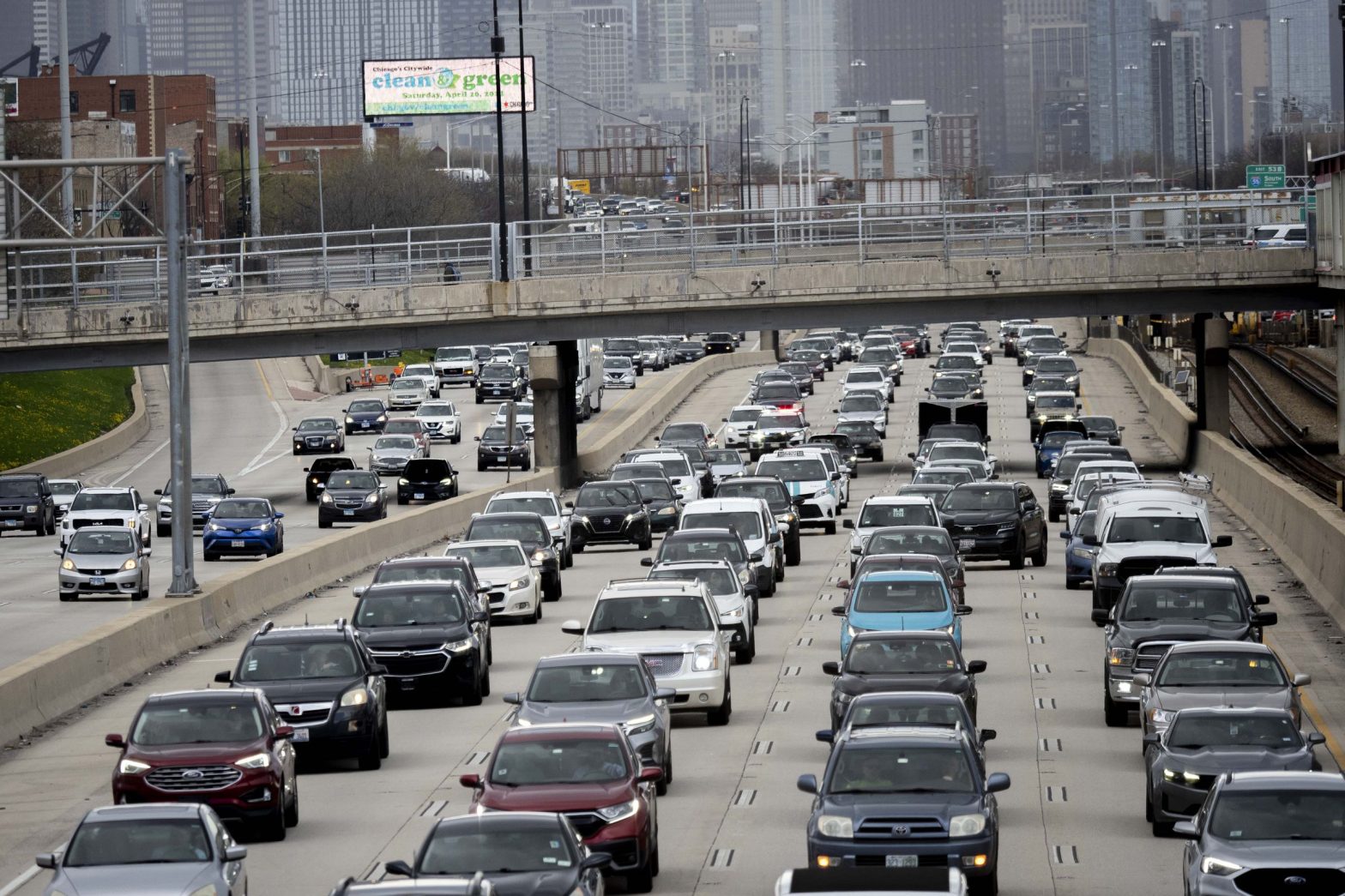/
The federal government finalized a new safety standard requiring all light-duty vehicles to include AEB systems that stop a vehicle at high speeds when a collision is imminent.
Share this story
:format(webp)/cdn.vox-cdn.com/uploads/chorus_asset/file/25426860/2147863367.jpg)
Automatic emergency braking is now the law of the land.
The US Department of Transportation finalized a new Federal Motor Vehicle Safety Standard requiring all vehicle manufacturers to include automatic emergency braking in their light-duty vehicles (basically all passenger vehicles, including SUVs and pickup trucks) by 2029. The new rule aims to prevent hundreds of deaths and tens of thousands of injuries every year. The Department of Transportation is also in the process of finalizing a similar rule for heavy-duty vehicles weighing over 10,000 pounds.
Around 90 percent of light-duty vehicles on the road today come standard with automatic emergency braking, or AEB. But the new rule requires automakers to adopt a more robust version of the technology that can stop vehicles traveling at higher speeds and detect vulnerable road users, like cyclists and pedestrians, even at night.
According to the Department of Transportation, all cars are now required to be able to “stop and avoid contact with a vehicle in front of them up to 62 miles per hour and that the systems must detect pedestrians in both daylight and darkness.” Also, AEB systems must apply the brakes automatically “up to 90 mph when a collision with a lead vehicle is imminent, and up to 45 mph when a pedestrian is detected.”
Under the new rule, automakers would be required to beef up their current AEB systems, which research has shown to be decent at preventing low-speed rear-end crashes but less effective when vehicles are traveling at fast but still average speeds. The American Automobile Association (AAA) has been testing AEB systems for years and found a variety of common scenarios in which the braking technology completely fails to do the job as advertised.
T-bones and left-turn collisions, which account for around 40 percent of fatal crashes, are still almost impossible to prevent using AEB. Likewise, many AEB systems are crap at stopping vehicles from running over children, and at night, many of them are basically worthless.
The new standard comes amid a modest decline in traffic deaths, which spiked during the pandemic. The National Highway Traffic Safety Administration said that 42,514 people died in crashes in 2023, down 3.6 percent from the year before. It was the third year in a row in which more than 40,000 people died in traffic crashes.
